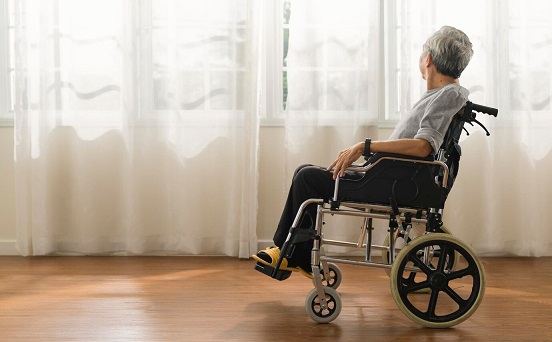A stroke, a sudden and severe medical emergency, occurs when the blood supply to part of the brain is either interrupted or significantly reduced, resulting in damage to brain tissue and the rapid death of brain cells. Immediate medical attention is paramount in the face of a stroke, as timely intervention can make a substantial difference in terms of patient outcomes. This article aims to provide a comprehensive overview of strokes, covering types, causes, risk factors, early detection, treatment, and post-stroke recovery.
Understanding the Types of Strokes:
Strokes are broadly categorized into two main types: ischemic and hemorrhagic. Ischemic strokes, the more prevalent of the two, are caused by blood clots that obstruct blood flow to the brain. On the other hand, hemorrhagic strokes involve the rupture of blood vessels, leading to bleeding within the brain. Each type presents distinct challenges in terms of diagnosis and stroke treatment in Bangkok.
Causes and Risk Factors of Stroke:
A stroke occurs when the blood supply to the brain is disrupted, causing damage to brain tissue. Recognizing the risk factors associated with strokes is crucial for both prevention and effective treatment. Common risk factors include high blood pressure, smoking, diabetes, and elevated cholesterol levels. Additionally, medical conditions such as atrial fibrillation and heart disease heighten the likelihood of experiencing a stroke. Unhealthy lifestyle choices, including excessive alcohol consumption, smoking, sedentary behaviour, obesity, poor diet, chronic stress, and uncontrolled hypertension, contribute significantly to the overall risk profile.
The Importance of Early Stroke Detection:
Early detection of a stroke is pivotal for timely intervention and improved patient outcomes. Recognizable signs and symptoms include sudden numbness, especially on one side of the body, difficulty speaking, impaired vision, sudden loss of balance, and an unexplained, severe headache. Immediate medical attention is critical in preventing the escalation of health conditions, reducing recovery time, and enhancing the chances of survival.
Immediate Stroke Treatment:
Emergency stroke treatments focus on restoring blood flow to the brain, thereby minimizing potential brain damage. These interventions may include the administration of clot-busting medications, endovascular procedures, and, in severe cases, surgical intervention. The effectiveness of thrombolytic medications depends significantly on the promptness of administration.
Post-Stroke Medical Treatment:
Following emergency care, stroke survivors undergo rehabilitation to regain lost skills and functions. Medical interventions, such as medications to control high blood pressure, cholesterol, and blood clotting, along with surgical procedures like carotid endarterectomy or angioplasty and stenting, are often necessary to prevent future strokes. Effective medication management, involving correct dosages, regular monitoring of side effects, proper storage, and clear communication with healthcare providers, is crucial for ongoing care.
Rehabilitation and Therapy after Stroke:
Comprehensive rehabilitation and therapy are integral components of stroke recovery. Physical, occupational, and speech therapy play key roles in helping survivors achieve maximum independence, reduce disability, and improve overall quality of life. Physical rehabilitation strategies involve tailored exercises and therapies to restore movement and functionality, while occupational and speech therapy techniques address specific challenges such as fine motor skills, speech clarity, cognitive tasks, and swallowing abilities.
Lifestyle Changes for Recovery and Stroke Prevention:
Lifestyle modifications are essential for both stroke recovery and prevention. Dietary changes, involving healthier eating habits, can contribute to overall health improvement, aid in weight management, and enhance nutritional intake. Regular physical activity and exercise are fundamental to cardiovascular health, weight management, mood elevation, increased energy levels, and a reduced risk of chronic diseases. Adopting coping mechanisms and seeking mental health support, including professional therapy and peer support, contribute to resilience and mental well-being.
The Role of Caregivers in Stroke Recovery:
Caregivers play a crucial role in providing physical aid, emotional support, and empowerment during the recovery process. Beyond tangible assistance with daily tasks, emotional support fosters mental well-being, confidence, and resilience, promoting the individual’s potential to overcome life’s challenges.
Conclusion:
In conclusion, stroke recovery is a complex and multifaceted journey, encompassing early detection, prompt treatment, and comprehensive rehabilitation. Prevention and early intervention are paramount in identifying potential health risks, enabling timely treatment, and ultimately saving lives while reducing healthcare costs. A holistic approach to stroke management, involving medical interventions, rehabilitation, and lifestyle changes, is essential for achieving optimal outcomes for stroke survivors.
